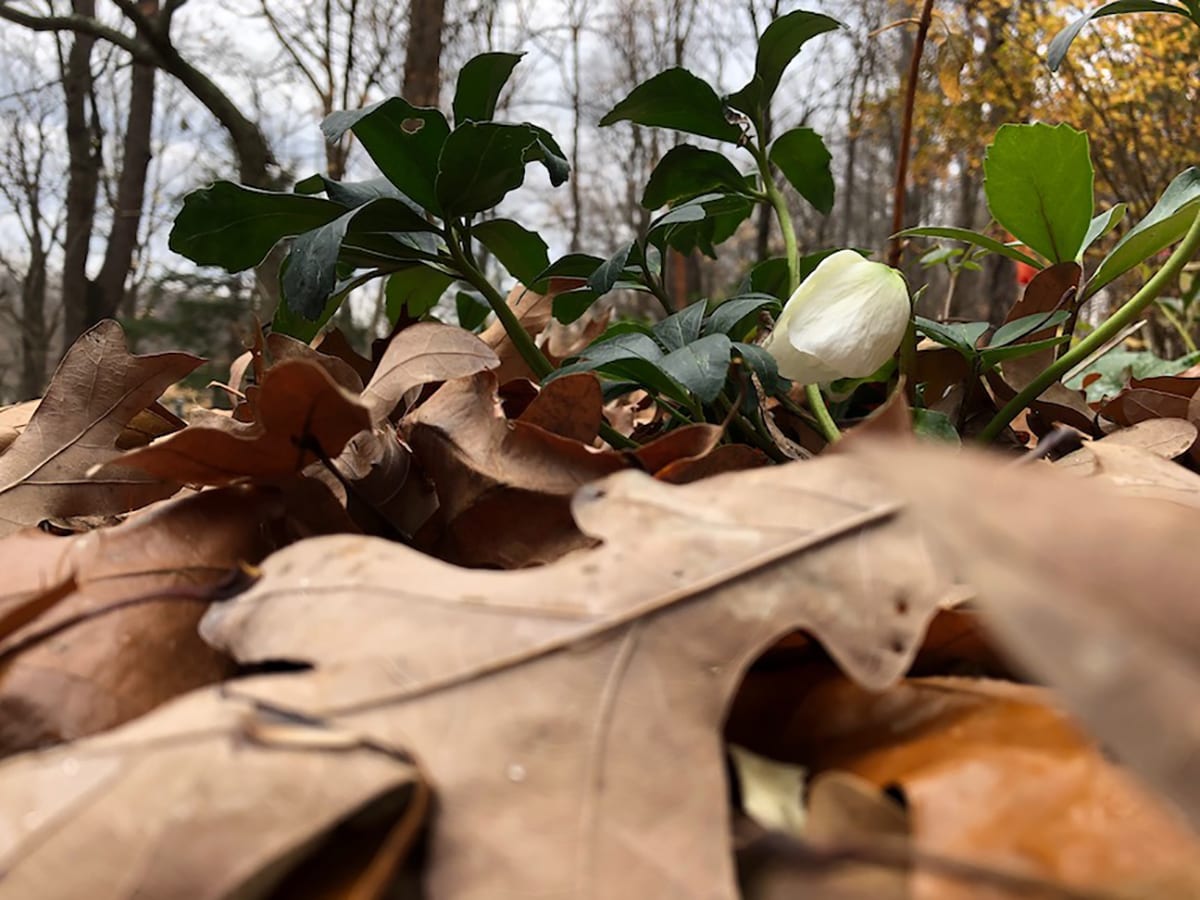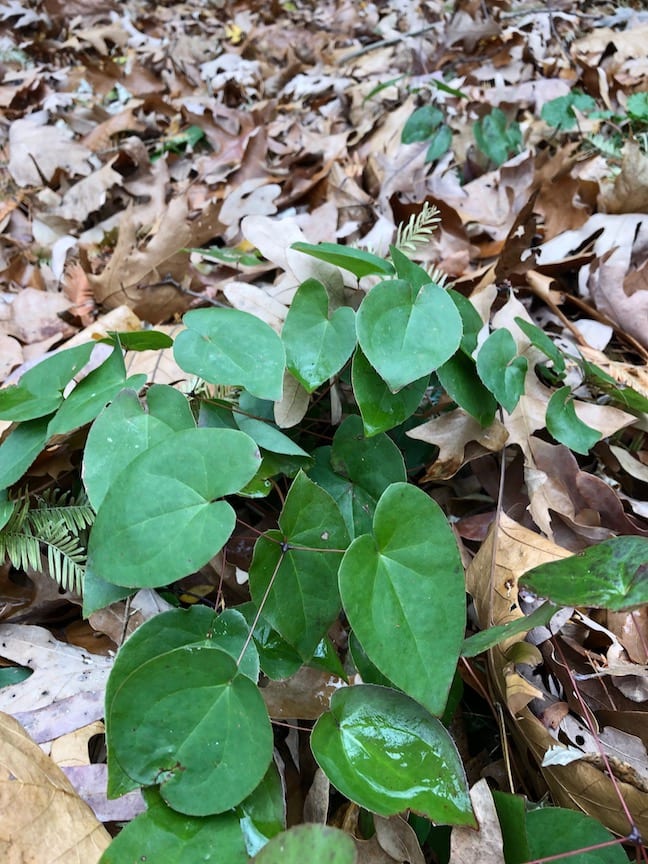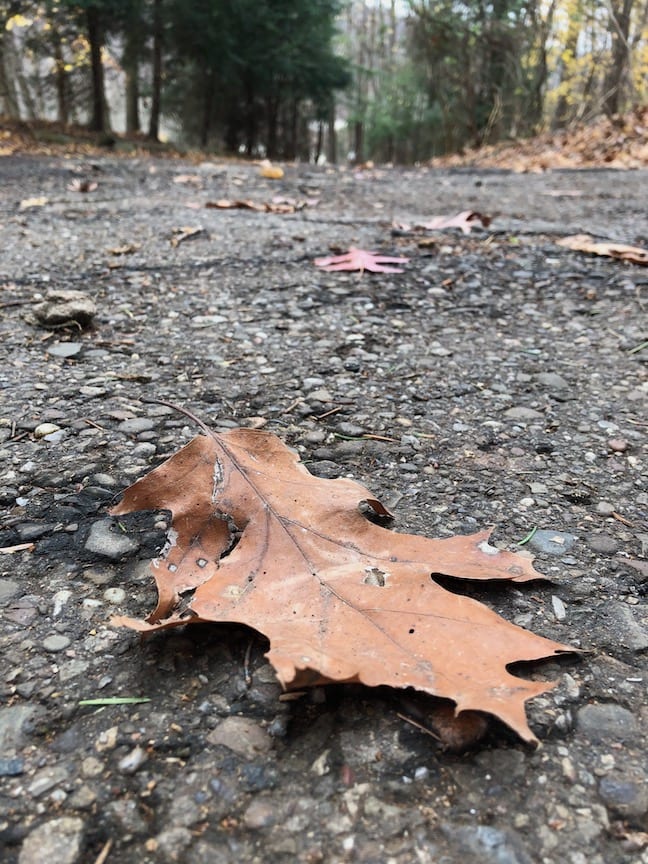



“Fall is my favorite time of the year,” gardeners tell me.
I hear it again and again, bite my tongue and try not to roll my eyes, knowing I’ll be spending countless hours removing leaves from my 600-yard-long drive (with switchback) and then the patio.
This season upon completion of the abhorred task, a quick look at the weather revealed wind gusts nearing 60 miles per hour were on the way in a couple of days. Such is the life of a gardener living in an oak forest when winter is on the way.
It’s imperative those two areas, and also the front walk, are kept clear of leaves for safety reasons, but no matter how many times I have to repeat the job, none of the leaves are ever sent to landfill. They are an incredible resource for the garden.
We all learned in science class about the circle of life for trees. Their leaves use photosynthesis to create food for the tree, at the end of the season, the leaves of deciduous cultivars dry and fall to the ground. Over the years the forest floor is covered with layers in different stages of decomposition which in turn feeds the roots.
This model will work all over our landscape too.
For the lawn, a powerful, rechargeable battery-powered mower is used to shred the leaves in my landscape. It takes a few times back and forth, incrementally lowering the mower to get the pieces small enough, so they don’t smother the grass. By spring they will be well on their way to decomposing, adding nutrients to the soil. The only downside is the possibility of changing the pH of the soil and making it more acidic.
It’s always a good idea to get a soil test every few years in the lawn and garden to check pH and fertility. Your local county extension office will send one for a minimal fee. Regardless of how rich the soil is, if the pH is not where it should be, the plants can’t properly uptake the nutrients.
Gardeners often ask if adding lime is good for the soil, but without the scientific number and the accompanying formula which comes with the results, there would be no way to know how much, if any, lime should be used.
Where to use your shredded leaves
Shredded leaves can be added to the compost pile, along with items from the garden or kitchen, to help balance the nitrogen and carbon.
Another way to shred leaves is to put them in a trash can and use a string trimmer to pulverize them. Shredded leaves make a great mulch. Remember that the mulch never touches the base of the plant and should be applied to resemble a donut, not a volcano.
A vegetable garden is another great place for the shredded leaves. They’ll keep the nice soil in place, while also keeping the soil evenly moist. Shredded leaves will act as a blanket for garlic in the ground or for perennial veggies like asparagus or rhubarb.
Leaves create a natural habitat
Not only do leaves provide something in the garden to feed plants, but the leaf litter is also a place for important beneficial native insects — including many pollinators — to overwinter.
Experts tell us that not disturbing the leaves at the base of perennials and in other beds will help the good bugs, which will help the gardener the next season.
One of the best soil amendments is something called leaf mold. It’s what municipalities make out of the leaves they collect.
On my property, someone has been raking leaves over a hill since 1939. When I need something to improve garden beds, digging under that pile reveals rich black compost.
Simply making a pile of leaves year after year, will eventually provide leaf mold (compost) for the garden.
Just as the big oaks in my woodlands use their leaves to continue living on, we too can use them, in the same way, to have our best gardens ever.

[…] Love Your Leaves! Don’t rake them, they are a valuable resource in the garden. […]